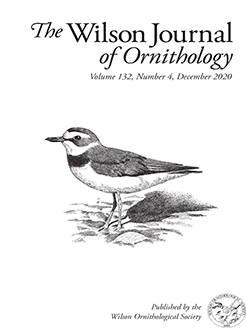Avian migration is a widespread, complex behavior that has long fascinated both scientists and the general public. Nonetheless, we have not identified the genetic and environmental controls of migration. Comparisons of migratory strategies within and among species suggest that these differences are associated with genetic and personality variation. Recently, studies have identified possible candidate genes for personality and migration in several avian taxa. Partially migratory species—those in which only some individuals migrate, while others remain resident year round—provide good study systems to test whether variation at candidate loci covaries with variation in migratory behavior. Using both a population genetic and a linear model approach, we tested whether genetic variation at 2 candidate genes (adenylate cyclase activating polypeptide 1, ADCYAP1, and dopamine receptor, DRD4) underlies variation in migratory behavior in the Western Bluebird (Sialia mexicana), a partial migrant, and the closely related Mountain Bluebird (S. currucoides), an obligate migrant, breeding in the Okanagan Valley, British Columbia. Our analyses suggested that DRD4, a gene usually associated with personality, might explain some of the propensity to migrate, but provided no evidence that ADCYAP1, a gene usually associated with the propensity to migrate, explained variation in migratory behavior in these species. Our results join a growing body of literature suggesting the effects of candidate genes are not generalizable across species or populations.
How to translate text using browser tools
14 September 2021
Do candidate genes for migration and behavior explain migratory variation in bluebirds (Sialia spp.)?
Drew Sauve,
Catherine A. Dale,
Anna Tigano,
Laurene M. Ratcliffe,
Vicki L. Friesen
ACCESS THE FULL ARTICLE
ADCYAP1
candidate genes
DRD4
migration
personality
Sialia spp





